Among the nearly 45 thousand castles in France and 300 castles in the Loire Valley, Chenonceau is the only castle built across a river and this is also one of the impressive features that makes this castle famous worldwide .
Not only that, the love triangle between King Henri II and two powerful women of 16th-century France at this historic castle attracts millions of curious tourists every year.
Picturesque floating castle on the water
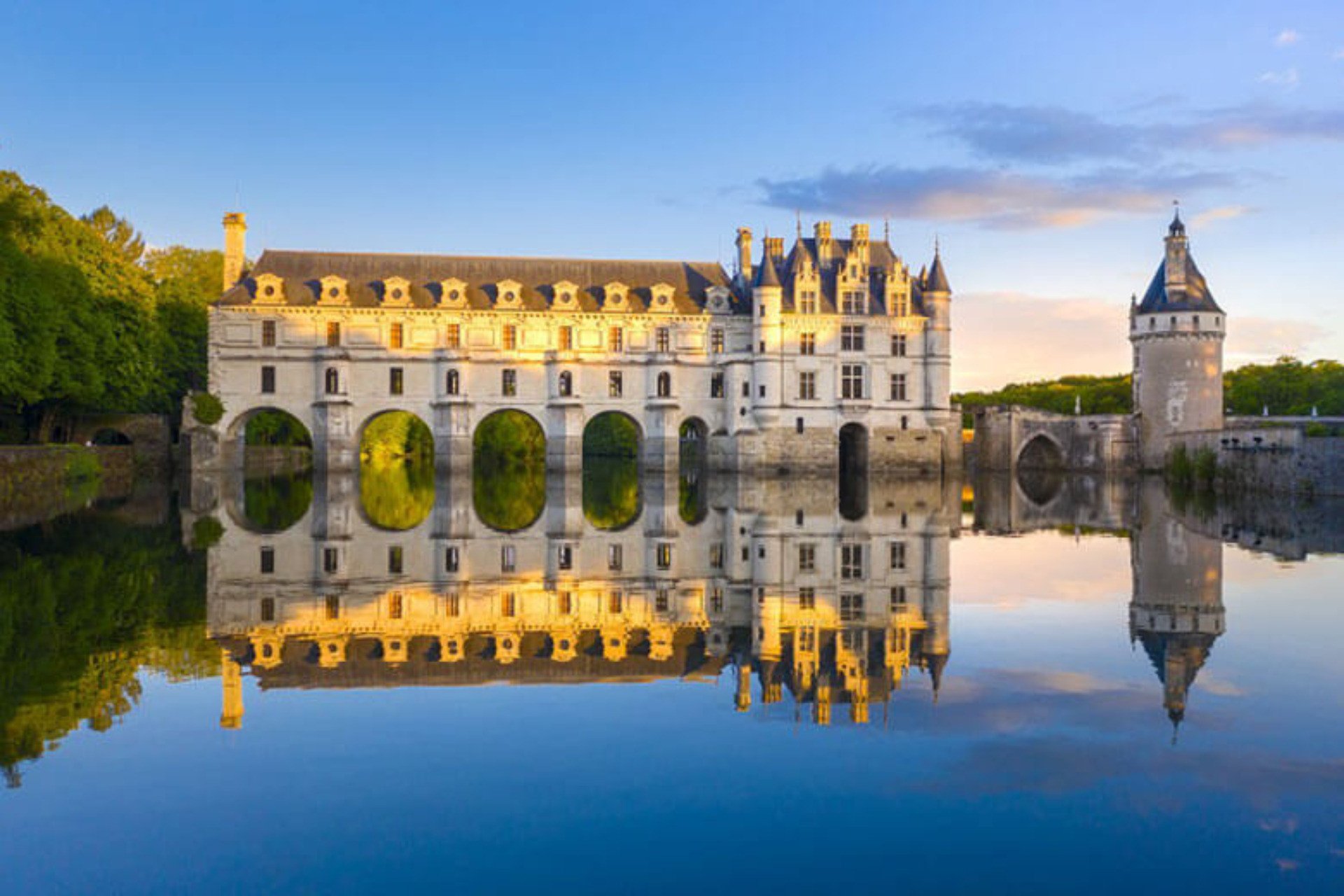
Anyone who visits Chenonceau Castle feels as if the castle is floating on water thanks to its unique design and picturesque location.
The castle was built by “bridging” the Cher River in central France. Looking at the lavish white stone facade, gray slate roof and majestic arches reflected in the clear blue water of the river, visitors seem to be immersed in the enchanting space of the castle.
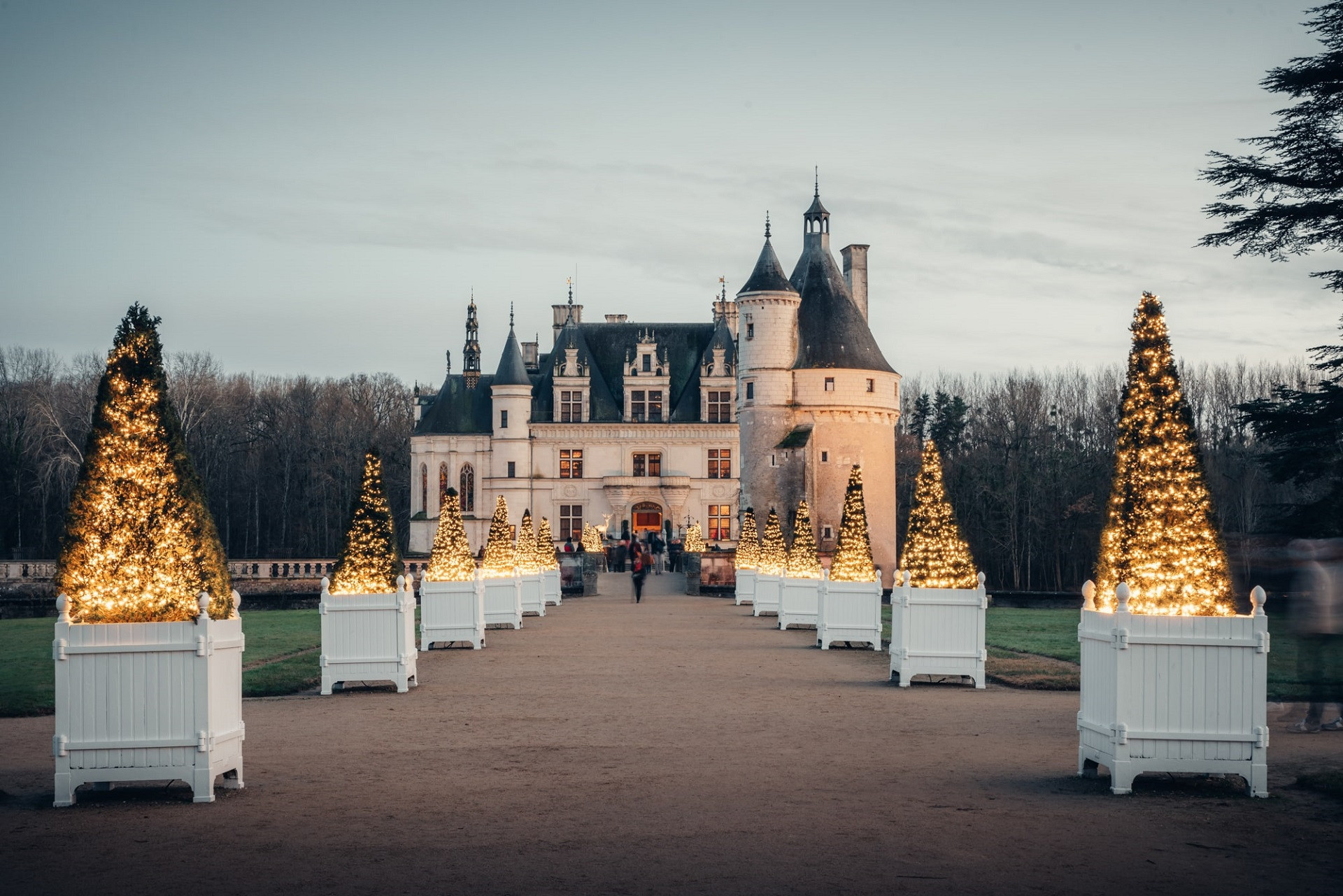
It is not difficult to understand why Chenonceau welcomes nearly a million visitors each year and is the most visited castle in France. It is not an exaggeration to say that when traveling to France, you cannot miss visiting Chenonceau Castle.
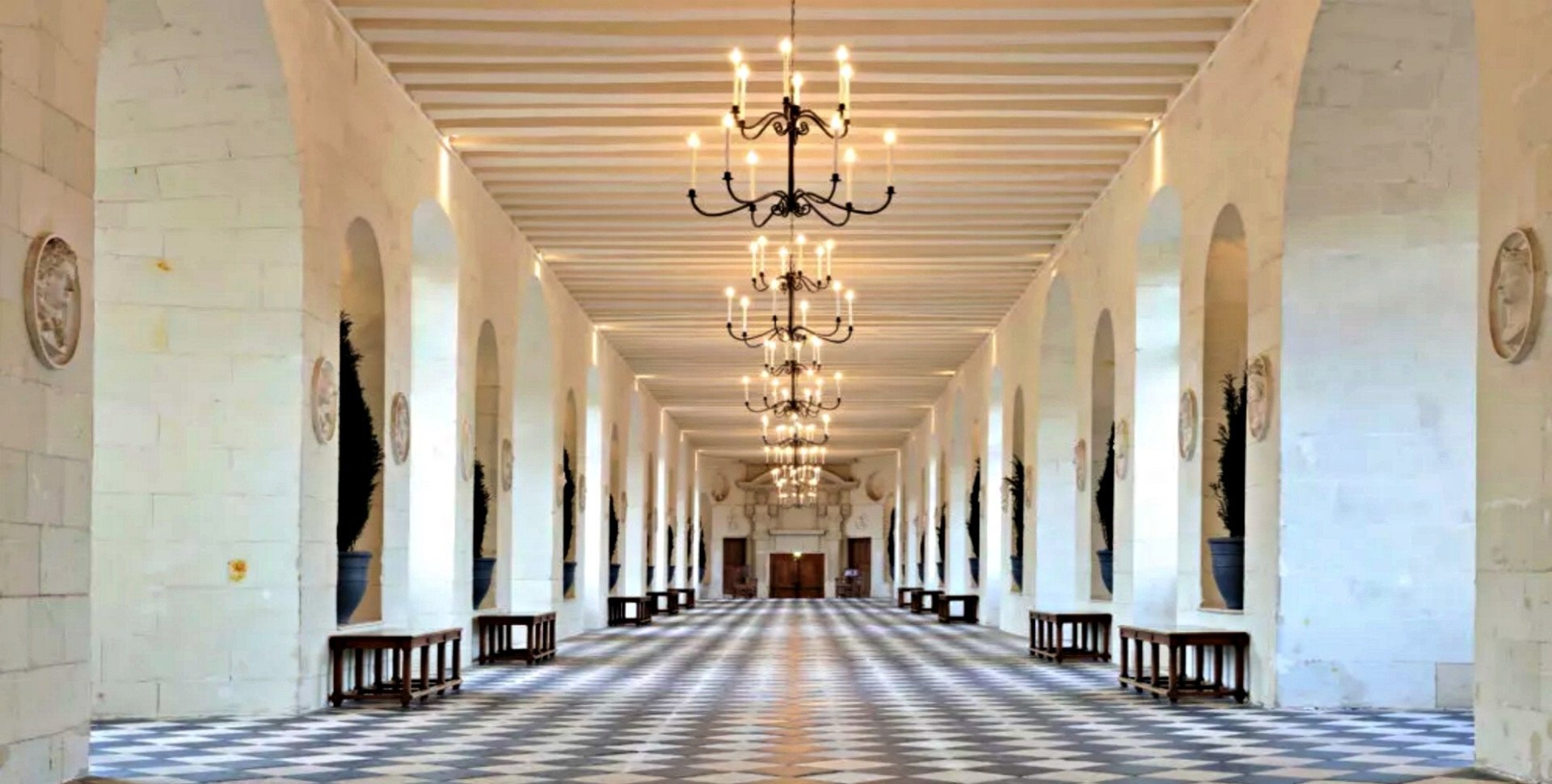
The castle was owned by powerful women in French history.
Throughout its history, Chenonceau Castle has been owned and influenced by six powerful women of France. That is also one of the reasons why this castle is also known as “The Castle of the Ladies”. Among these six women, we must mention Katherine Briçonnet, Diane de Poitiers and Catherine de Medici.
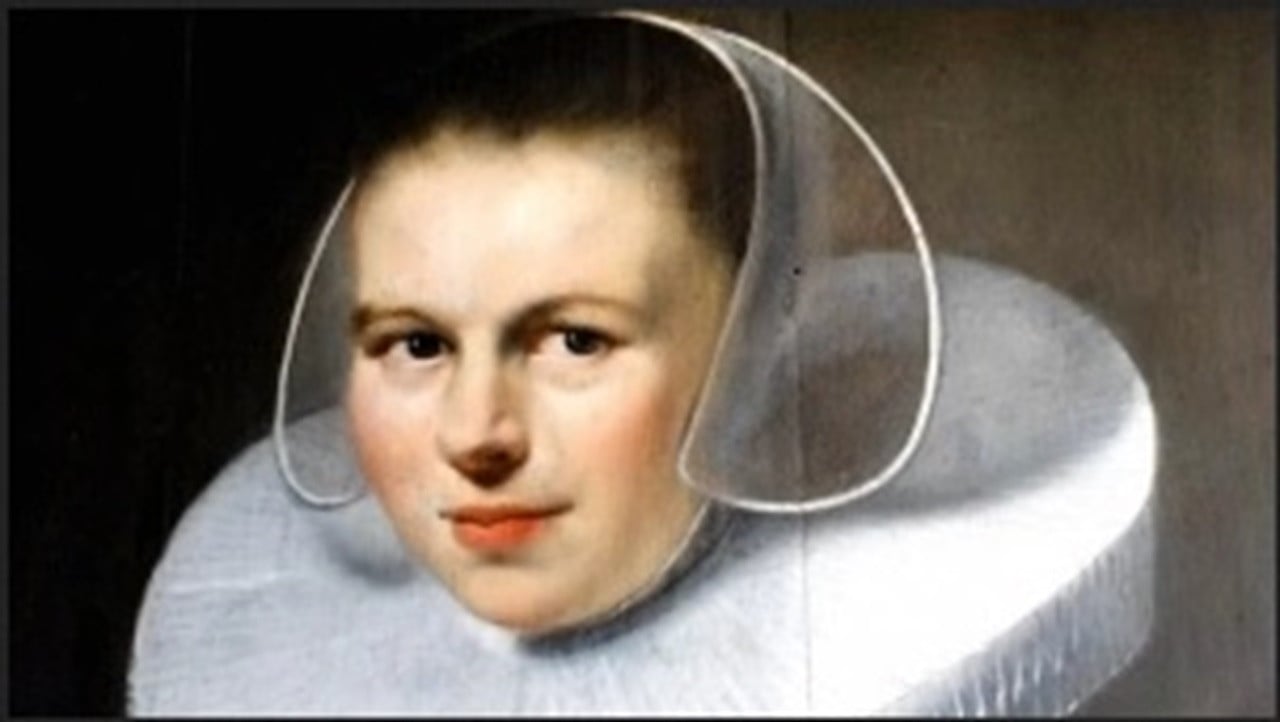
Katherine Briçonnet (1494 - 1526) was a French noblewoman and wife of Thomas Bohier, who bought the land containing the ruins of a fortress to build Chenonceau Castle.
Katherine Briçonnet was influential in the design of the castle, and oversaw its construction from 1513 to 1521, making key architectural decisions while Thomas Bohier was away fighting in the Italian wars. In particular, she oversaw the construction of the staircase, which was designed to go straight up rather than spiraling as was common at the time.
In 1524, shortly after the building was completed, Thomas Bohier died. Katherine died two years later. The original part of the château completed under Katherine Briçonnet became known as the Château des Dames (Chateau of the Ladies) because it was later expanded by Diane de Poitiers and Catherine de Médicis.
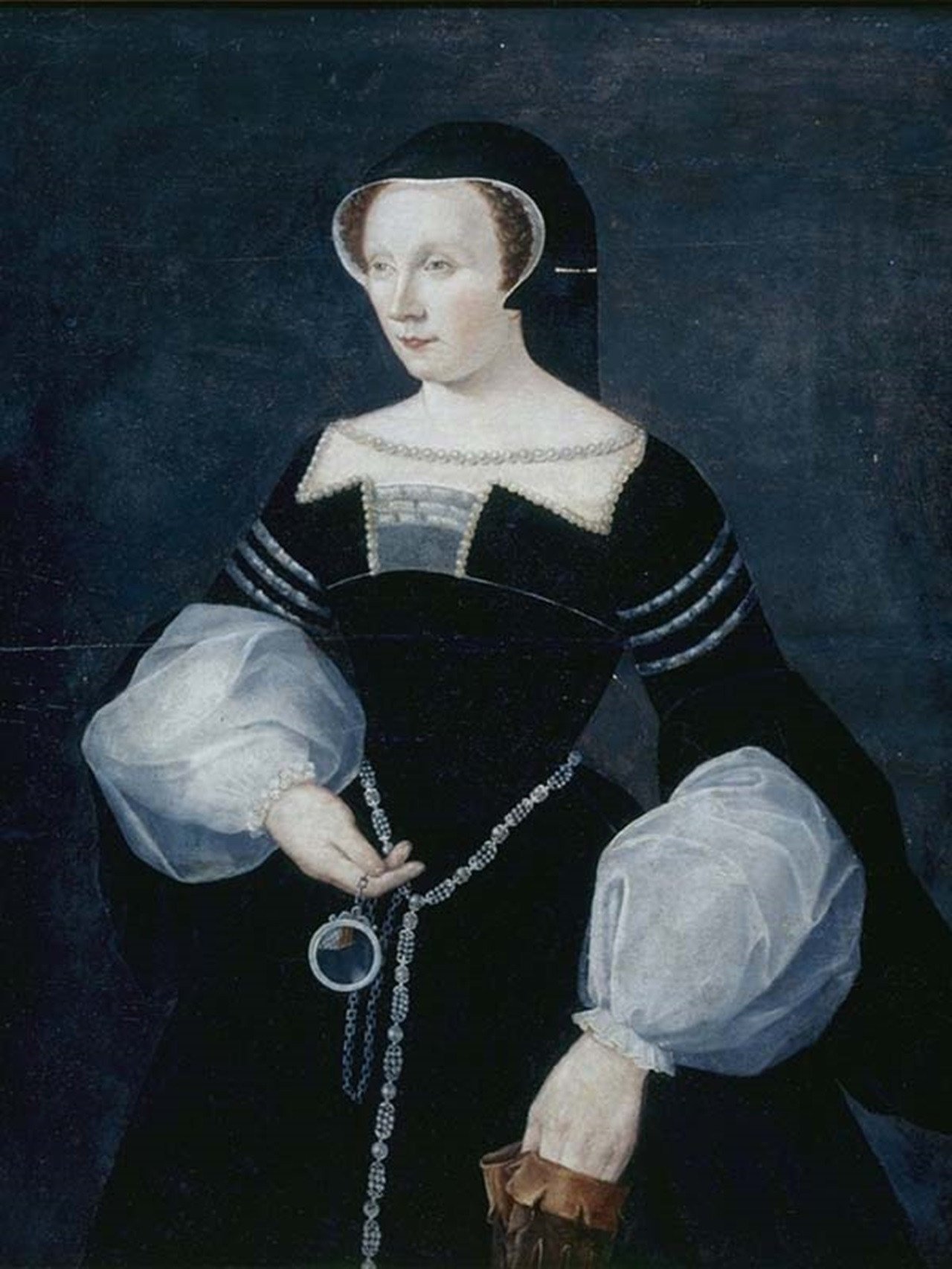
In 1535, King Francis I of France confiscated the Château de Chenonceau from Thomas Bohier's son for unpaid debts to the court. After Francis I died in 1547, King Henry II ascended the throne and took over the château in his brother's place.
Diane de Poitiers (1499 - 1566) was a French noblewoman, renowned for her captivating beauty, intelligence, and business acumen. She wielded great power and influence as King Henri II's mistress and royal advisor until his death.
In 1547, King Henri II gifted the Château de Chenonceau to Diane, where she created gardens that were considered to be the most beautiful and modern of their time. By building a drawbridge over the Cher and adding a gallery, Diane extended the Château de Chenonceau to the lush south bank of the Cher, providing more space for entertaining.
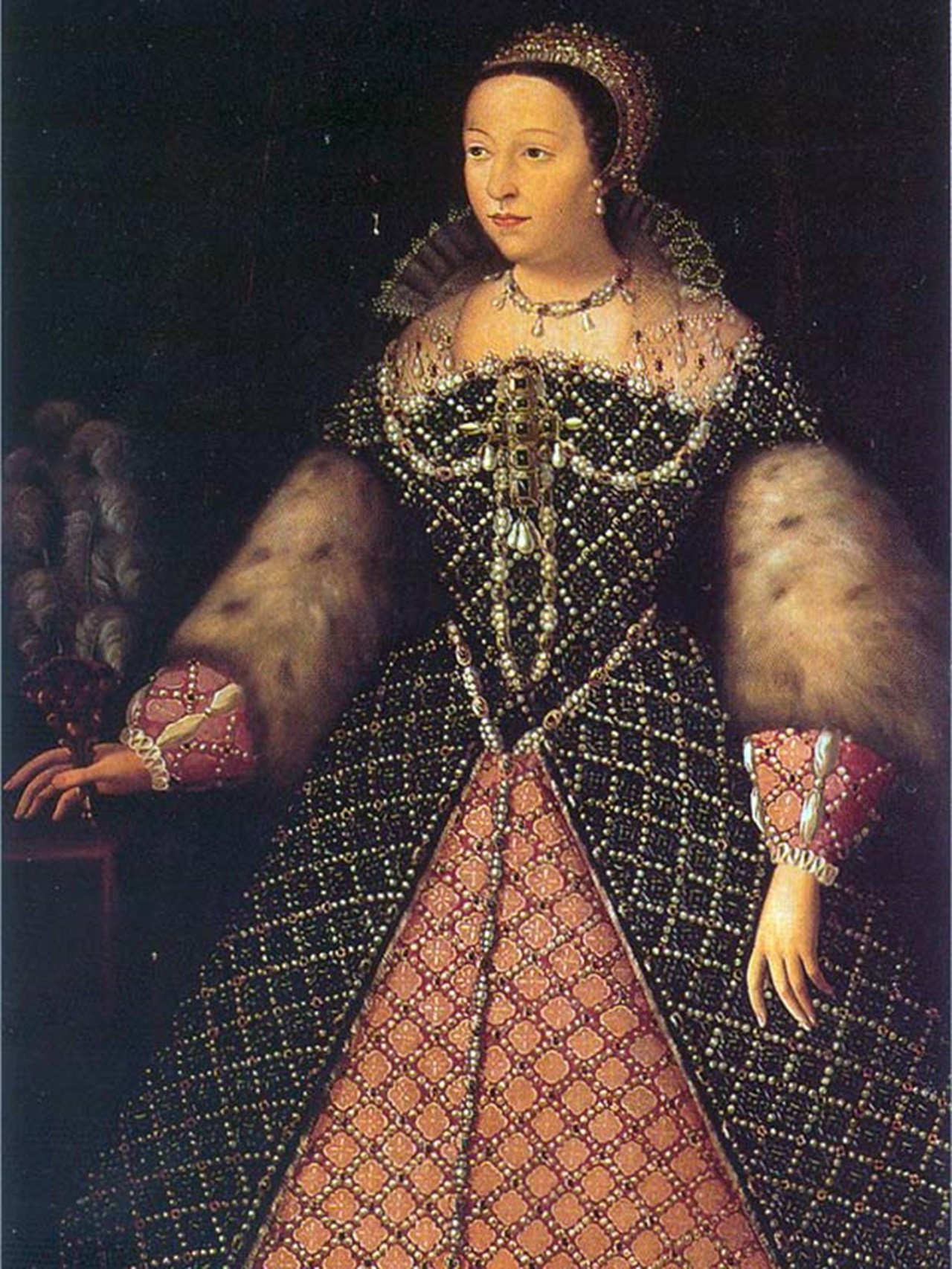
Catherine de Médicis (1519–1589) was an Italian noblewoman who became Queen of France from 1547 to 1559, as the wife of King Henry II of France. She was the mother of three successive kings of France: Francis II; Charles IX and Henry III. During her reign, King Henry II excluded her from public affairs and instead favored his mistress, Diane.
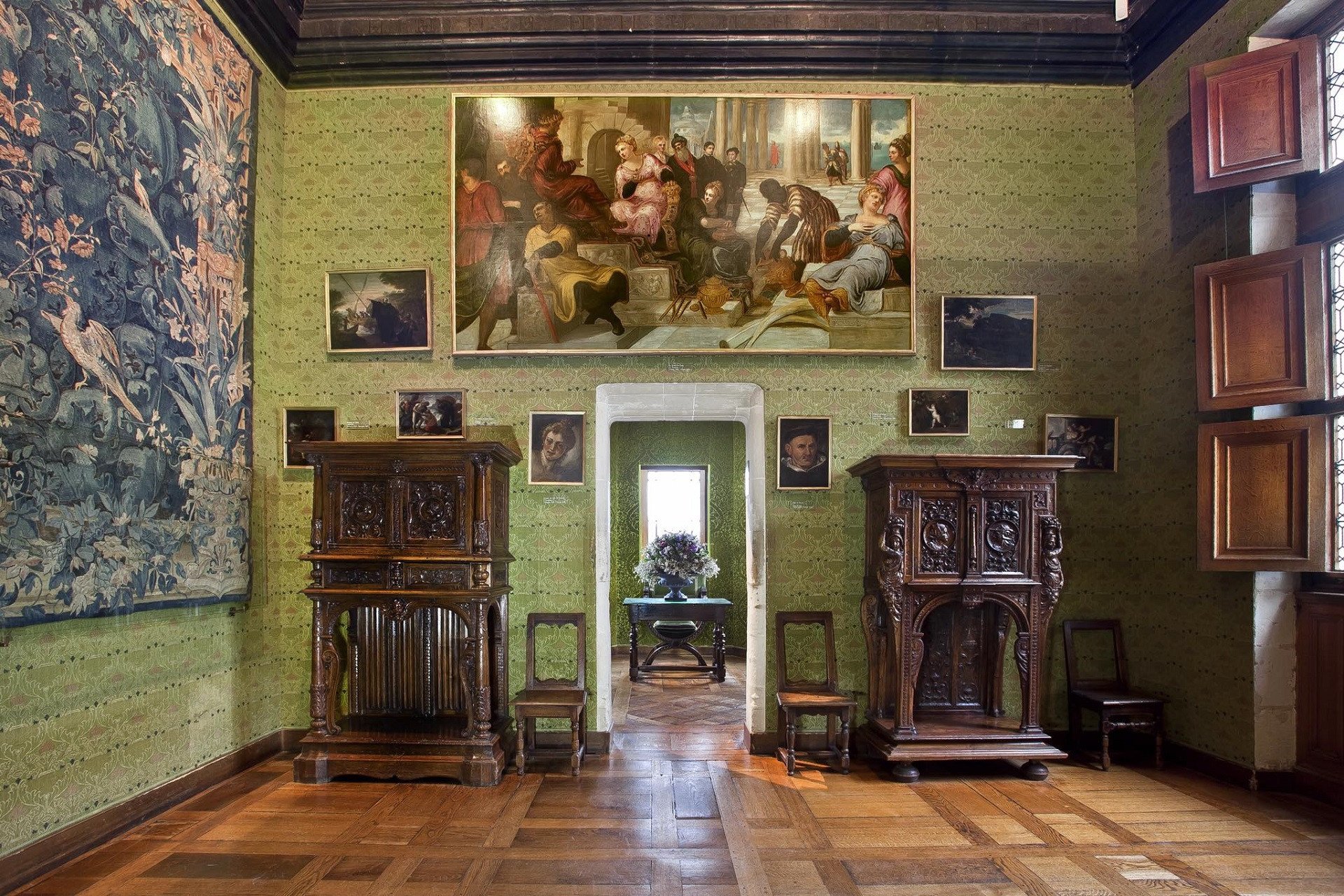
After King Henry II died in 1559, Catherine reclaimed Chenonceau, made the gardens more magnificent, and continued to add to the castle grounds. She raised the height of the two-story gallery to accommodate grand banquets. As regent, Catherine ruled France from the room known as the Green Study in the castle, introducing the lavish Italian lifestyle to Chenonceau.
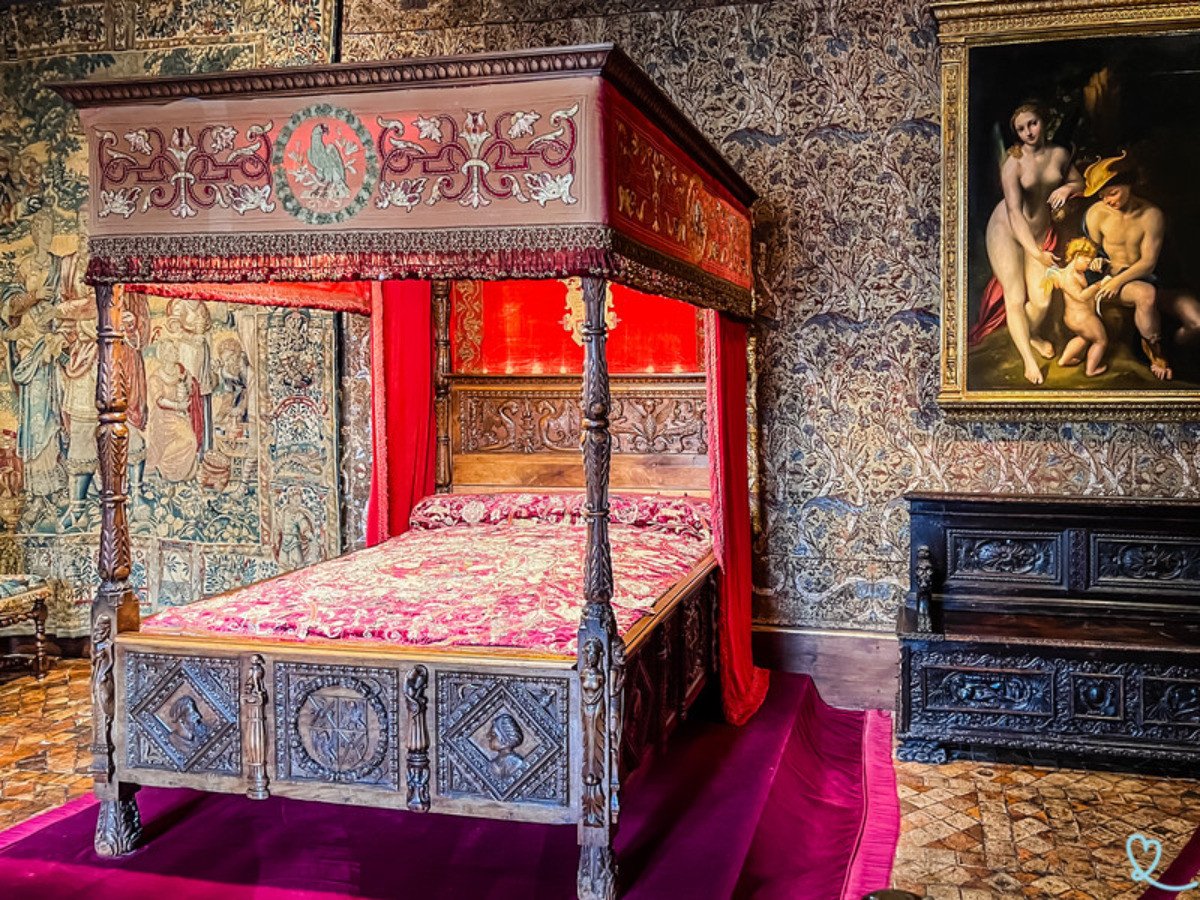
King Henri II's love triangle that lasted more than two decades
Some accounts claim that Henry II first met Diane de Poitiers when he was a 7-year-old prince handed over to his Spanish captors as a hostage and Diane kissed him goodbye. When Henry II was 17, his brother Francis died, leaving him as heir to the throne. Feeling unprepared for such an important position, he turned to Diane for help and guidance. Their relationship began as that of teacher and student and gradually blossomed into love.
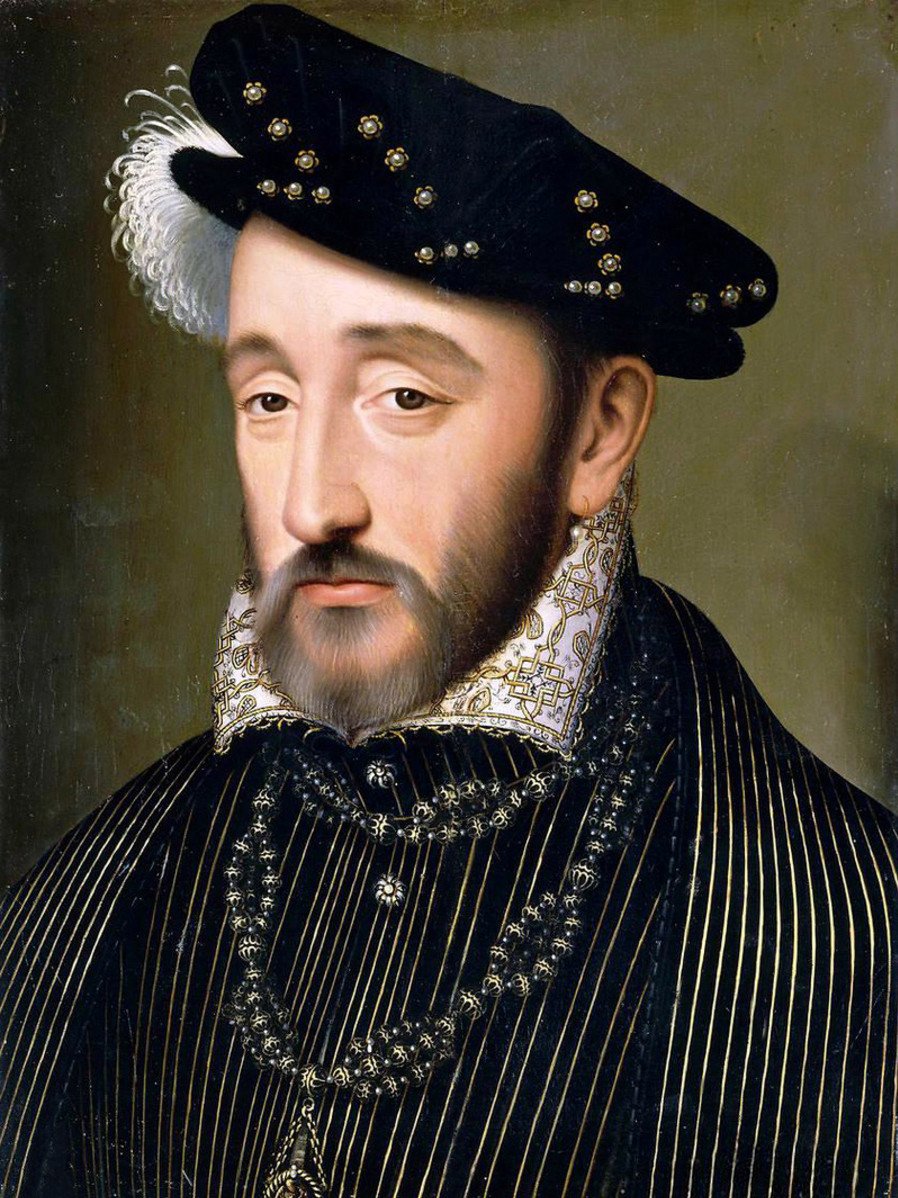 |  |
King Henri II (left) and Diane de Poitiers (right)
For Henri II, his love for Diane was always mixed with respect and gratitude. He found in Diane, who was 20 years older than him, the warmth of the mother he had lost as a child. Meanwhile, Diane found in Henri II the warmth of the young husband she never had. Henri II loved Diane so much that he gave her the magnificent Chenonceau castle, which later became one of the symbols of France.
During their time together until Henri II's death at the age of 40, they funded the arts and ruled the country together, which is why Diane was unofficially known as the "True Queen of France."
As for Catherine de Médicis, after more than ten years of marriage to Henri II, she still had no children. Her infertility had become an obsession for her and a topic of discussion at court. Catherine later gave birth to her eldest son in 1543 and nine children over the next 13 years.
However, Henri II's exclusion from the affairs of state and his passionate love for Diane for two decades made her feel like a discarded member of the royal family. That's why when Henri II died, Catherine took back Chenonceau Castle, almost erasing all traces of love between Diane and her late husband.
The gardens are as elaborate as works of art.
When visiting Chenonceau Castle, visitors can also immerse themselves in the meticulously designed and carefully tended gardens that are no different from works of art, showing the beauty of the French Renaissance landscape, bearing the mark of both Diane and Catherine.
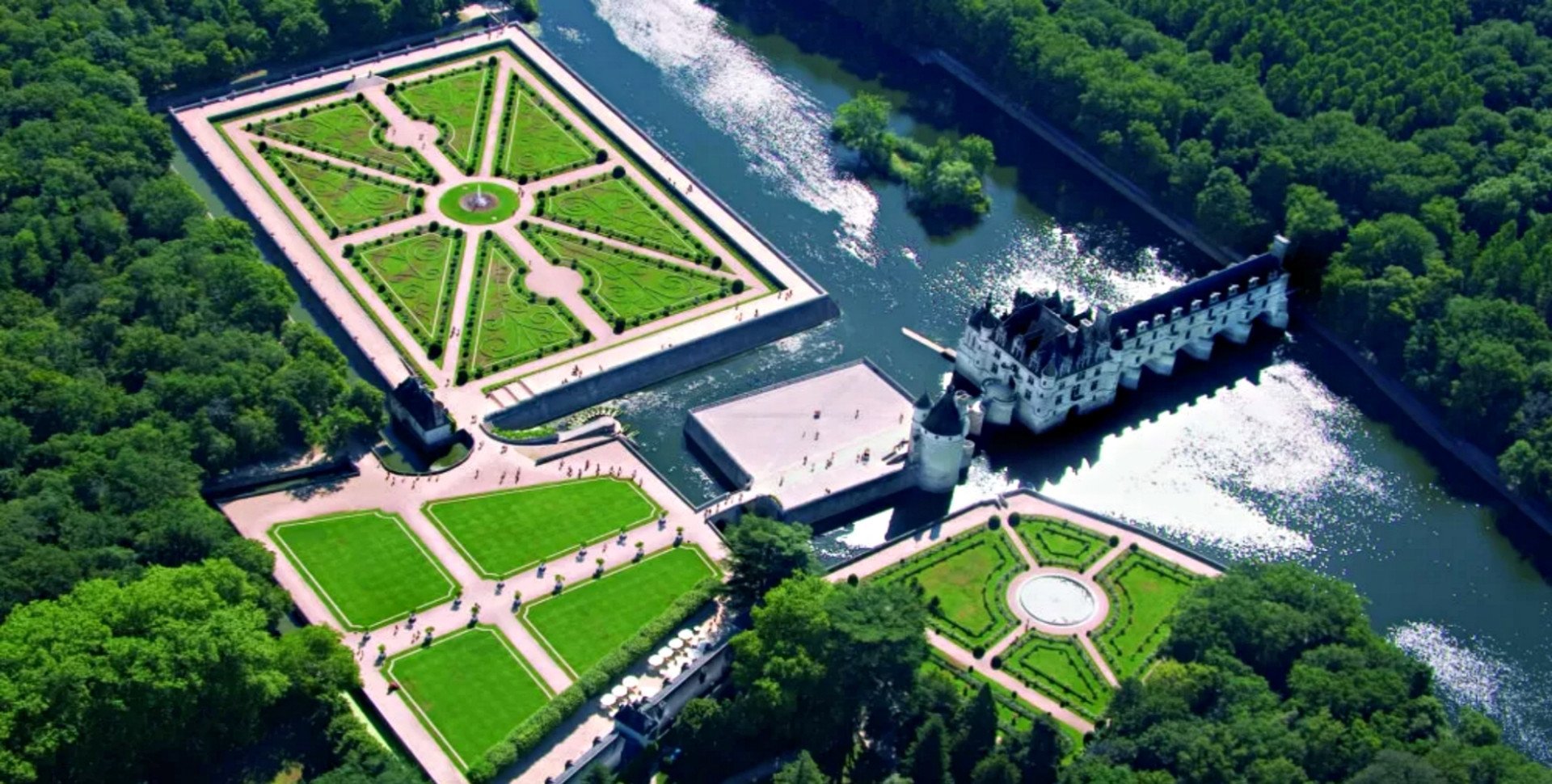
To the right of the château is Diane’s 12,000 square meter garden. The layout of the flowerbeds has not changed since Diane created it. Two perpendicular lines and two diagonal lines divide the garden into eight triangles decorated with Santolina bushes (a member of the daisy family). The surrounding steps have been raised to protect the garden from rising water levels on the River Cher, and to allow visitors to see the shrubs, yews, box hedges and honeysuckle that surround the flower beds.
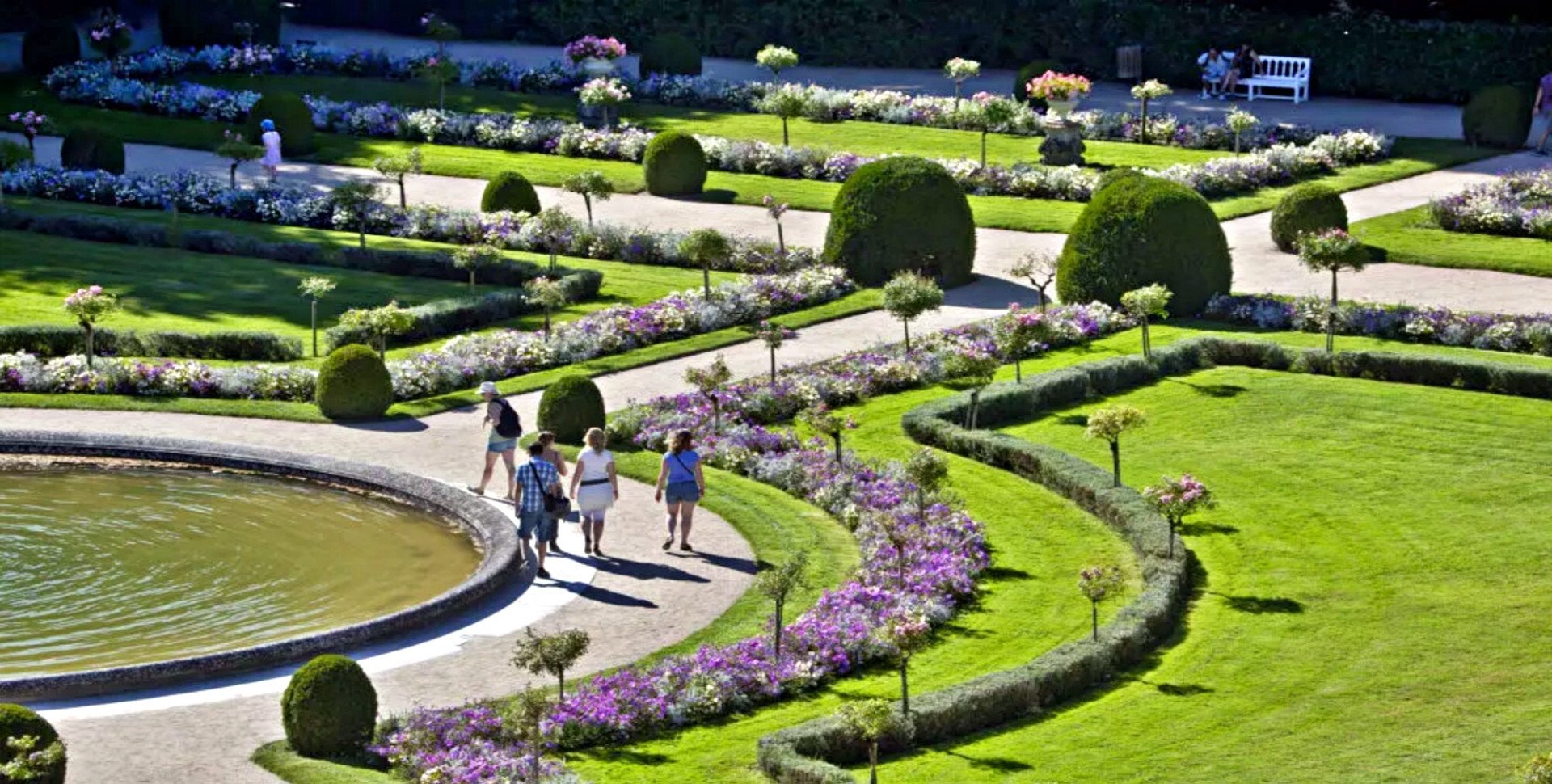
Covering an area of 5,500 square meters, located to the left of the Château de Chenonceau, the garden of Catherine de Médicis is like a beautiful painting. Overlooking the Cher River and the Civray Park, the garden paths offer perfect views of the west facade of the château. The design of the garden focuses on five lawns, centered on an elegant circular pond and dotted with rounded box hedges.
To the north of Catherine's garden is the Green Garden, famous for its complex of rare, perennial trees such as plane trees, Spanish pines, Douglas fir, horse chestnuts...
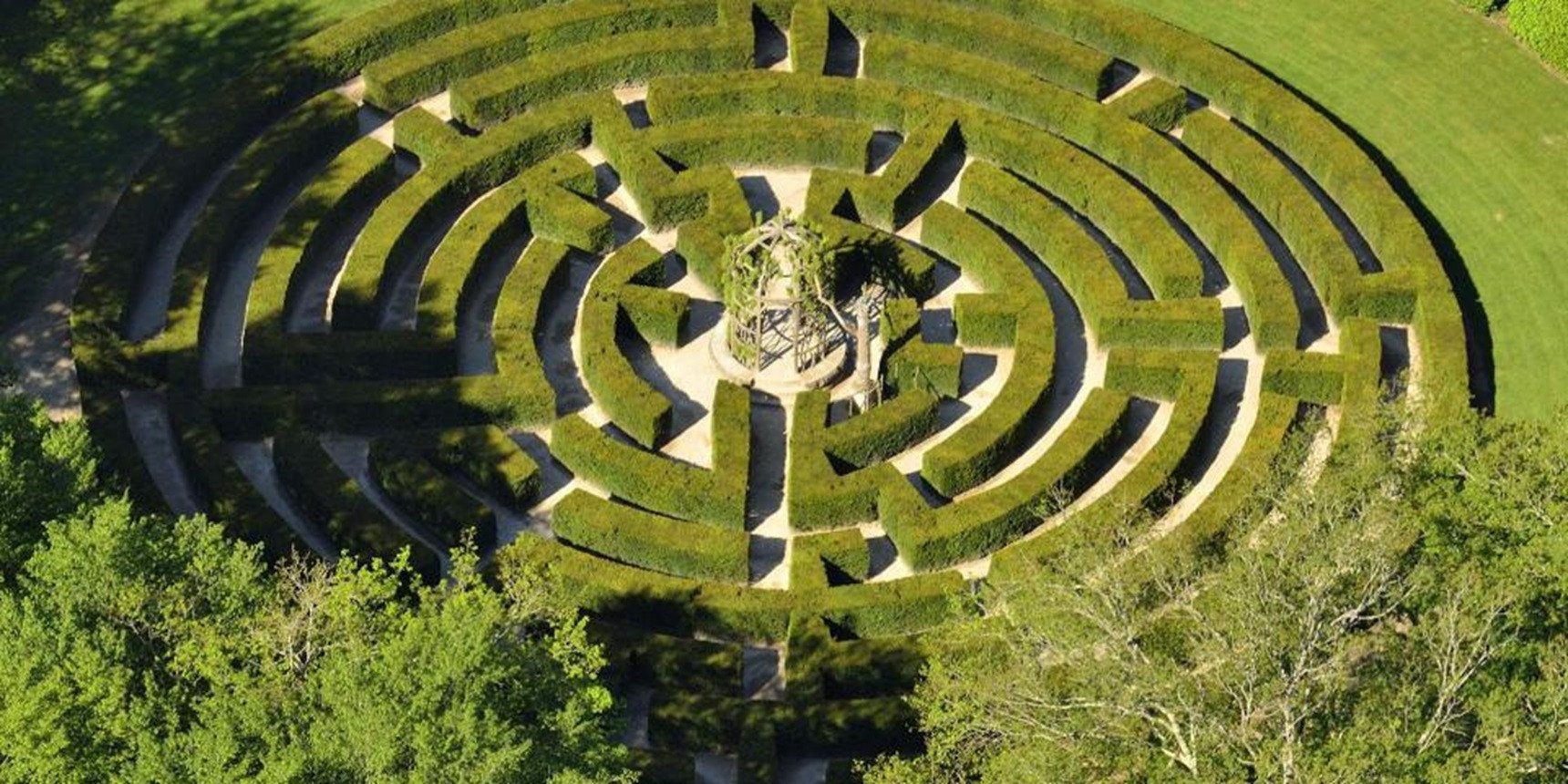
At Catherine's request, a nearly one-hectare Italian labyrinth was built on a 70-hectare plot of land with nearly two thousand yew trees. This is also a place that attracts many visitors to explore while waiting for their turn to visit the castle.
Magnificent castle turned military hospital
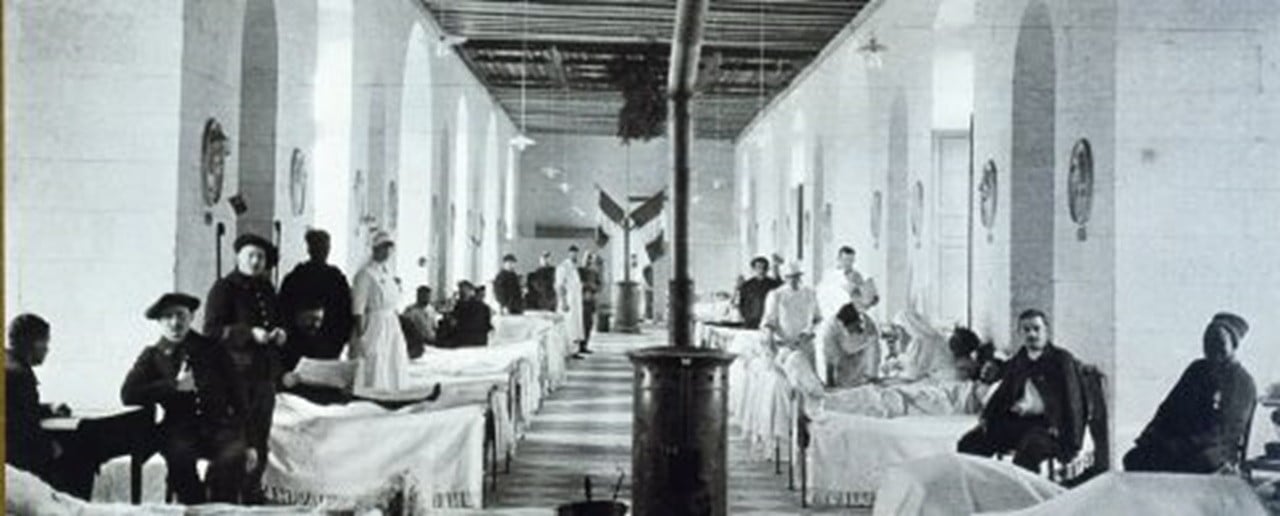
Not only associated with the love story of King Henri II, Chenonceau Castle also made its mark in World War I when from 1914 to 1918, Chenonceau was converted into a military hospital.
Gaston Menier, senator of the department of Seine-et-Marne and owner of Chenonceau at the time, proposed that the French Ministry of War (later the French Ministry of Defence) establish a temporary military hospital in the castle and cover all costs himself.
The castle's two-story gallery was used as a medical ward and the bridge over the River Cher was used as a transport route for wounded soldiers. Over two thousand wounded, most of them seriously injured, were cared for here until 31 December 1918.
It can be said that with all the unique beauty in architecture and interesting stories associated with the history of France and the world, Chenonceau Castle will continue to be a fascinating destination for tourists from all over the world.
TB (according to Vietnamnet)Source








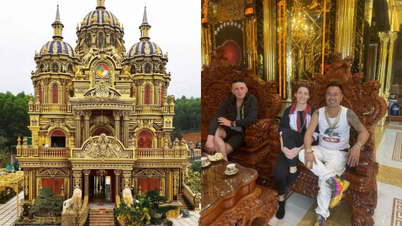

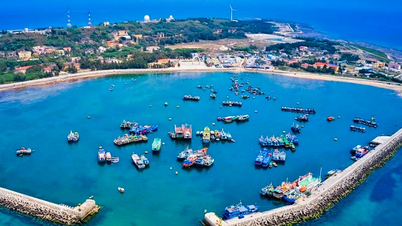


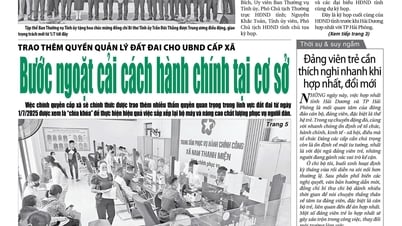

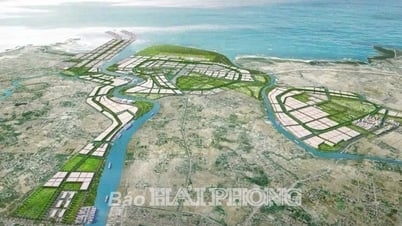
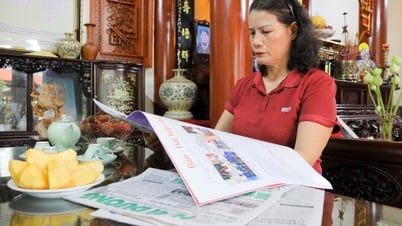




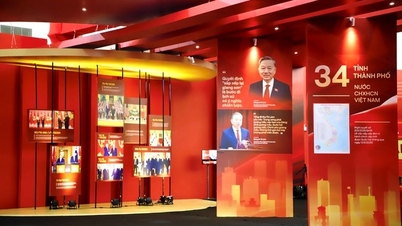




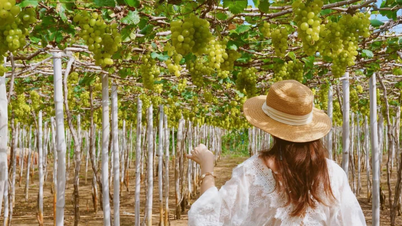



















































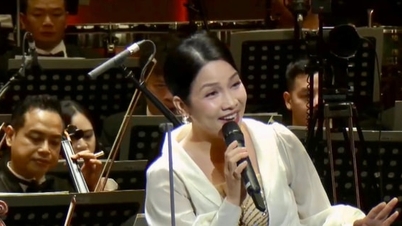















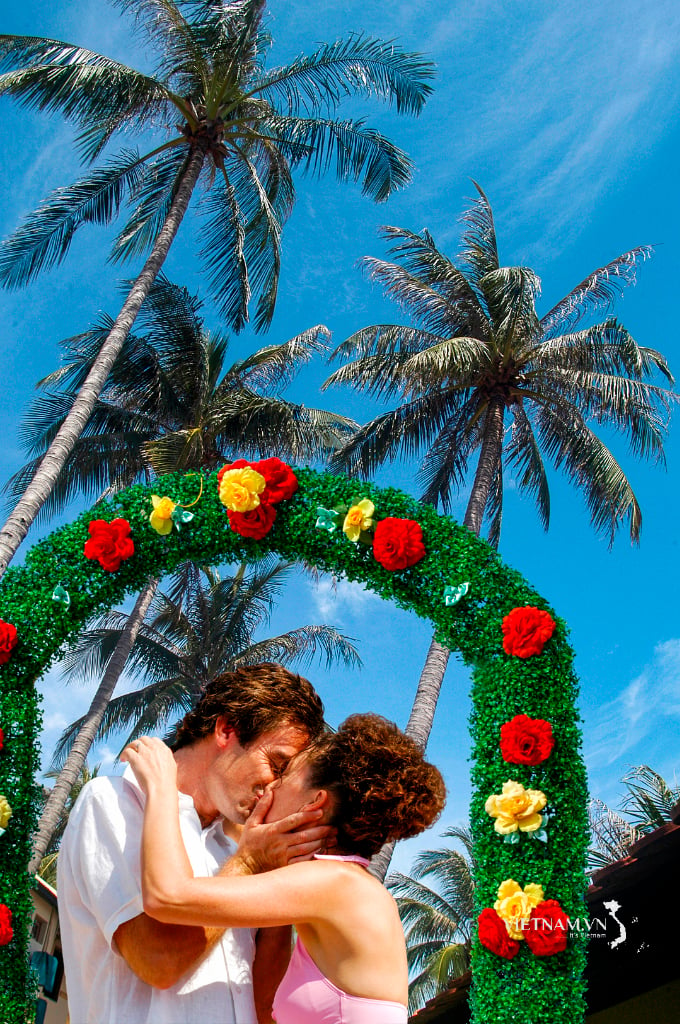
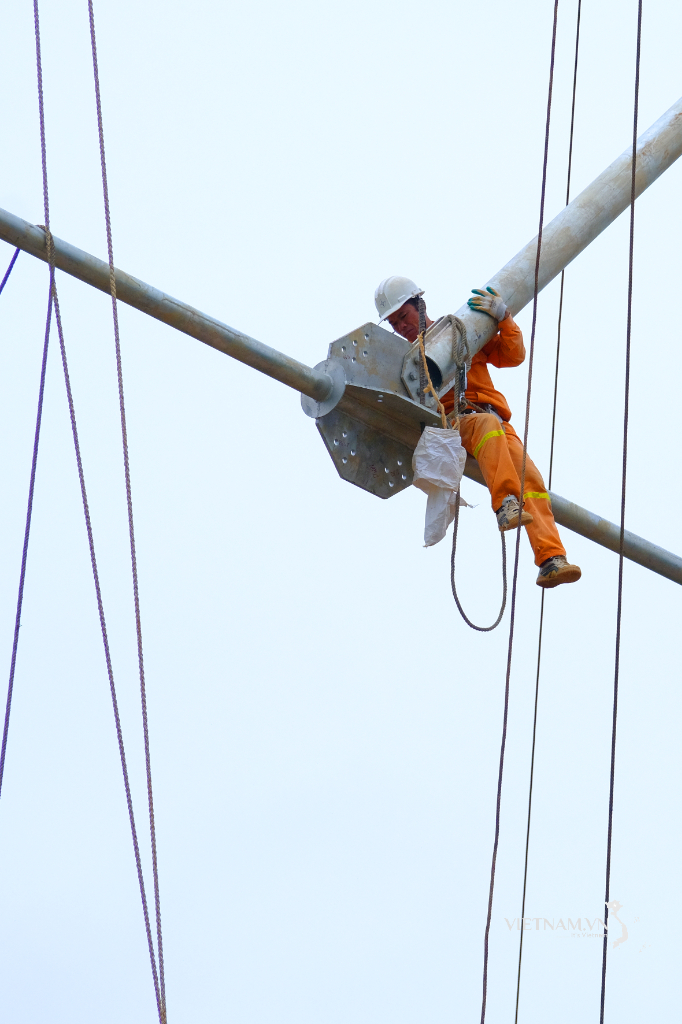
Comment (0)